I'm working on two little pcbs to emulate a USB-C usb A cable by FFC. In the future I would like this designs on other PCB avoiding USB wires and connectors. For this, I want to test it with the next design: with other female USB A cable and checking if the FFC and minipcbs works fine. My question is: Would you add any usb protection to the female USB connector? Or for this job is this protection not necessary?
Thank you so much.




